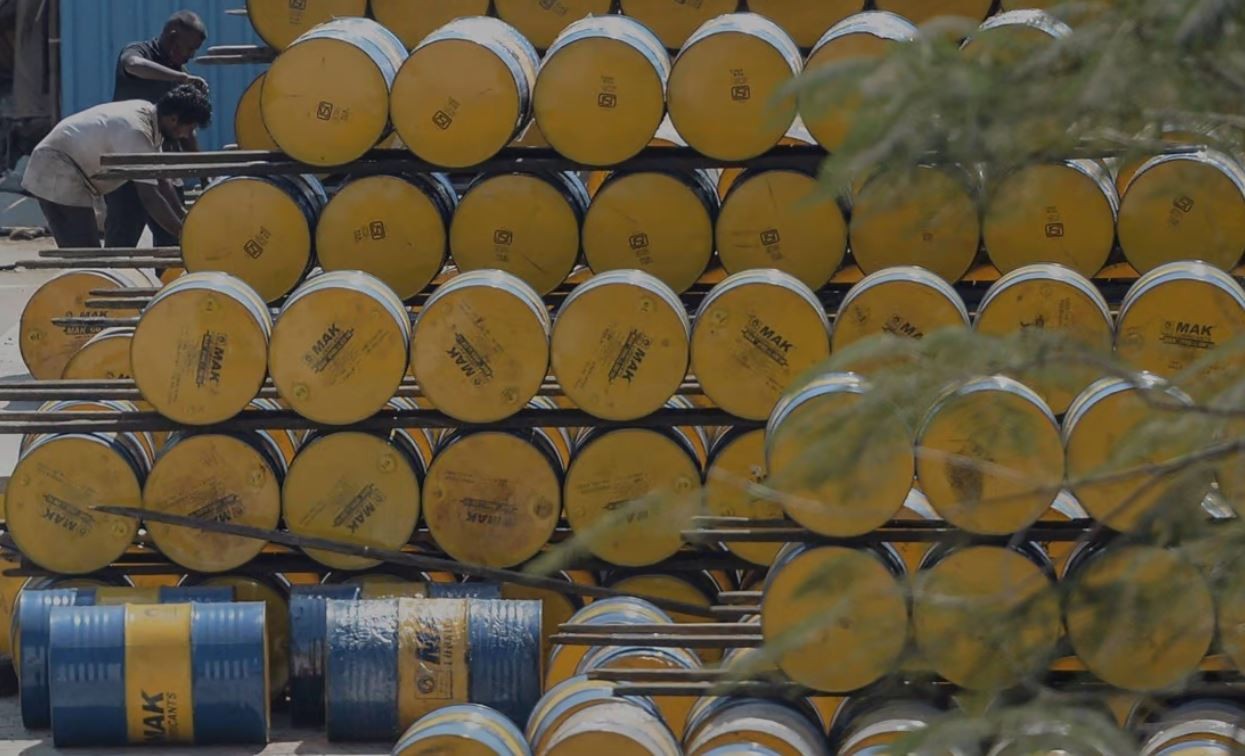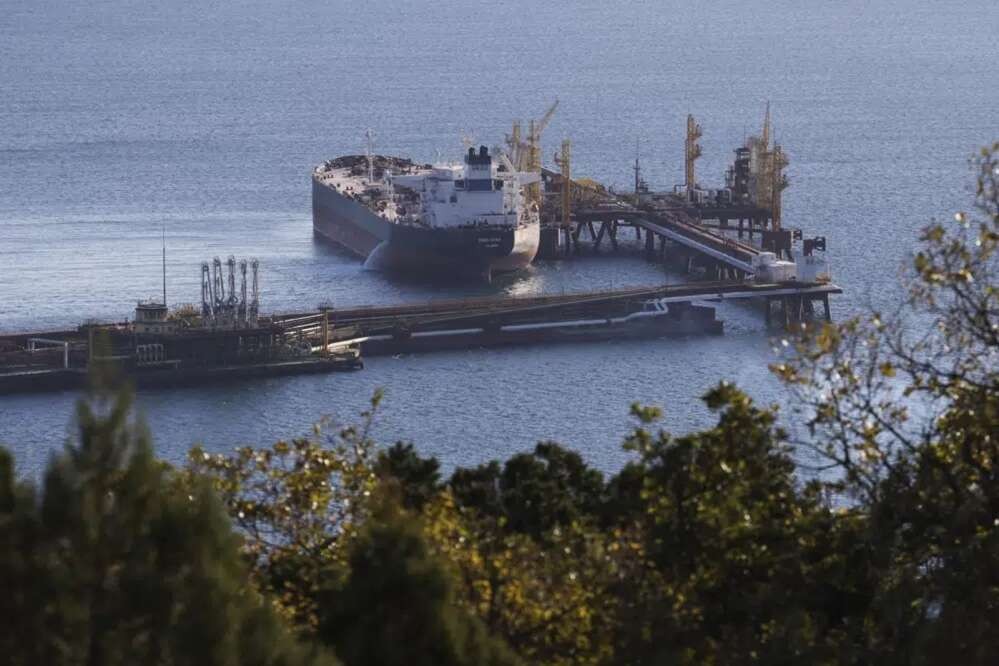 |
| Workers arrange oil barrels at a factory in Chennai, India. (Source: AFP) |
Data obtained by the New York Times from the satellite data analysis company SynMax shows that dozens of oil tankers from Russia arrive in the Gulf of Kutch every month.
Over the past 16 months, the United States and other Western countries have imposed sweeping sanctions on Moscow. In an effort to hurt Russia but keep global supplies stable, the West has imposed a cap on the price of its oil exports.
This cheaper oil has found new markets, including India, which now buys nearly 2 million barrels per day, accounting for about 45% of its oil imports, according to the International Energy Agency (IEA).
Apart from boosting the Indian economy , cheap Russian oil brings lucrative revenue to crude refiners and exporters of the product to other countries.
India saves billions of dollars
Russia is the world's third largest oil producer. Of the oil exported each year, a certain volume is transported through pipelines, where it is impossible to change the destination without large investments.
The rest of the oil is shipped by sea, which can be easily routed. This flow of oil usually goes to China and India, which bought nearly 80% of Russia's seaborne crude exports in May 2023.
The two countries are now buying so much Russian oil that Moscow is selling more crude than before the military campaign began, despite facing numerous sanctions.
Before the Russia-Ukraine conflict, India’s oil imports came mainly from the Middle East. The prices of the shipments fluctuated based on global market conditions. The country began ramping up its imports of Russian oil from April 2022, just two months after Russia launched a special military operation in Ukraine.
In the year to March 2023, India imported an average of 1.02 million barrels of Russian crude oil per day, an 11-fold increase from the previous year and accounting for about 20% of India's total crude oil imports, the Ministry of Commerce and Industry confirmed.
According to two commodity research companies Kpler and Argus Media, after switching to importing Russian oil, India has made big profits thanks to discounted shipments.
A New York Times analysis found that 357 shipments have been made from Moscow to New Delhi in the nine months since Russia launched its military campaign in Ukraine. The average price per barrel of oil from Russia was $78.
After Western countries imposed a price cap on Russian crude oil at $60 per barrel from December 5, 2022, shipments of the commodity to India accelerated. The average price of Russian oil fell sharply to $51 per barrel, saving Indian buyers billions of dollars.
Russian oil goes everywhere
Most of the crude oil coming to India from Russia arrives at a port near Jamnagar in the Indian state of Gujarat and is piped to nearby refineries. The Jamnagar refinery, owned by Reliance Industries, is the world's largest, with a capacity to process more than 1.2 million barrels per day.
Less than 10 miles away is India’s second-largest refinery, the Vadinar complex owned by Nayara Energy. Nayara is half owned by Rosneft, Russia’s state-owned oil company, and a group of Moscow businessmen own the other half. So as trade in the region grows, Russian companies are reaping some of the benefits.
Part of the processed Russian oil is used in New Delhi's domestic market. The rest is shipped to global markets, starting with Southeast Asia, Africa, Europe and the US. All of these products are then sold at market prices, generating revenue for domestic companies and increasing the country's foreign exchange reserves in dollars and euros.
 |
| An oil tanker in Novorossiysk, Russia, in October 2022. (Source: New York Times) |
A report published in April 2023 by the Center for Energy and Clean Air, a Finland-based think tank, highlighted the role of several countries that can refine Russian oil and continue selling it to other countries. The countries listed in the report are India, China, Turkey, the United Arab Emirates (UAE) and Singapore.
The report said Sikka port, which serves the Jamnagar Refinery, is both the largest global import point for Russian seaborne crude and the single largest oil export point to countries that have imposed caps.
From December 2022 to February 2023, the refinery exported nearly $3 billion in refined products to countries that complied with the price ceiling.
Europe also benefits
In addition to the above countries, in 2022, petroleum products from India were also exported strongly to the Netherlands. Specifically, the export volume increased by 70% during the year, making the Asian country the leading supplier of petroleum products to the Netherlands - the oil trading center of Europe.
Indian petroleum products appear to have made up for the shortfall in Russian supplies to the EU, analysts say.
Nikkei Asia commented that the US and the West are probably not unfamiliar with India importing Russian crude oil and then selling finished products to Europe.
However, concerns about oil prices reaching $200 a barrel have prevented sanctions on the world’s most populous country, highlighting the country’s important role in ensuring the stability of the global oil market.
Neither the Group of Seven (G7) nor the EU has acknowledged India’s role in stabilizing prices. However, its role in preventing an energy crisis that could have triggered a global economic crisis cannot be denied.
“The past year has successfully proven that the global oil market can cope with severe geopolitical fluctuations through a dynamic adjustment mechanism. This mechanism would not work without India,” said Mika Takehara, director of research and analysis at the Japan Energy and Metals Security Organization.
Source




















































![[Maritime News] More than 80% of global container shipping capacity is in the hands of MSC and major shipping alliances](https://vphoto.vietnam.vn/thumb/402x226/vietnam/resource/IMAGE/2025/7/16/6b4d586c984b4cbf8c5680352b9eaeb0)













































Comment (0)